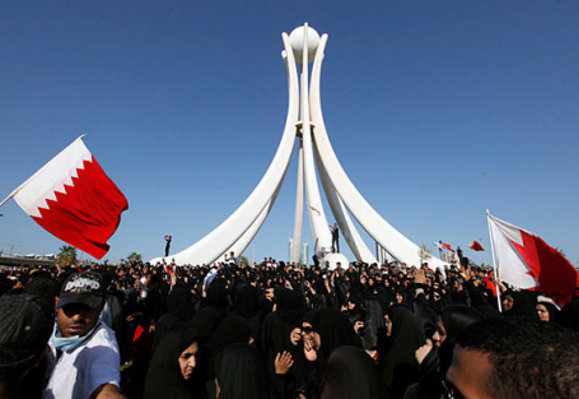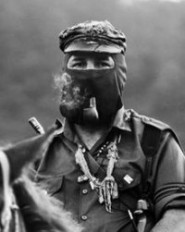The Determination of the Arab Revolutions
The Determination of the Arab Revolutions
By ESAM AL-AMIN – counterpunch.org
After the relatively swift triumphs of the Tunisian and Egyptian revolutions in deposing their dictators earlier this year, other Arab dictators drew a different set of lessons than their populations did.
Fed up with decades of repression, corruption, and the break down of state institutions, as well as the complete loss of faith in any meaningful political or social reforms in their societies, people across the Arab world this spring have waged simultaneous mass movements to force sweeping changes.
Arab autocrats, sustained for decades by the powerful security state, were shocked and startled as they observed in horror the dismantling of the security apparatuses in Tunisia and Egypt, facing fearless populace willing to sacrifice their lives to liberate themselves from the yoke of tyranny and regain their freedoms and dignity.
To their credit, in both the Tunisian and Egyptian models, the armies refused to shoot at their people after the failure of the security forces to clamp down. The popular uprisings spread across each country with incredible determination and zeal as the fear barrier of the ruthless regimes completely broke down.
Shortly after the fall of the Egyptian dictator, people across the Arab world took to the streets in peaceful uprisings against their long time repressive rulers. The concurrent massive demonstrations were especially widespread in Yemen, Libya, Syria, and Bahrain, against the decades-old repressive regimes of Muammar Gaddhafi in Libya (41 years), Ali Saleh in Yemen (33 years), the Assad family in Syria (Bashar and his father before him- 40 years), and the minority Al-Khalifah dynasty in Bahrain (230 years.)
The primary lesson learned by the Arab masses watching the revolutions unfold in Tunisia and Egypt was that the people’s collective power and determination can ultimately triumph in the face of isolated regimes that have been ruling them with an iron fist.
However, the authoritarian regimes drew different lessons from the Tunisian and Egyptian experience. They did not see the power and determination of the people but the weakness of the regimes and fragility and indecisiveness of its leaders.
In each case, though engulfed in its own particular circumstances and distinct features, the overall framework of how each regime dealt with its own popular uprising is strikingly similar.
As in the Tunisian and Egyptian models the first response of each regime was to rely on the security forces to put a quick end to the uprisings before they spread. When such attempts fail within the first few days, the next step is to try to contain the demonstrations by embracing the demands of the protesters while asking for a return to calm in order to implement reforms.
The problem with these initial steps is that they are perceived by the people as disingenuous and are almost always too late. Like Tunisia and Egypt before them, in each of the cases in Yemen, Libya, Syria, or Bahrain, the initial brutal response of the security forces had an adverse effect and did not stop the protests. In fact, the increasing casualties in the streets intensified the opposition and the revolts became widespread. …more





























